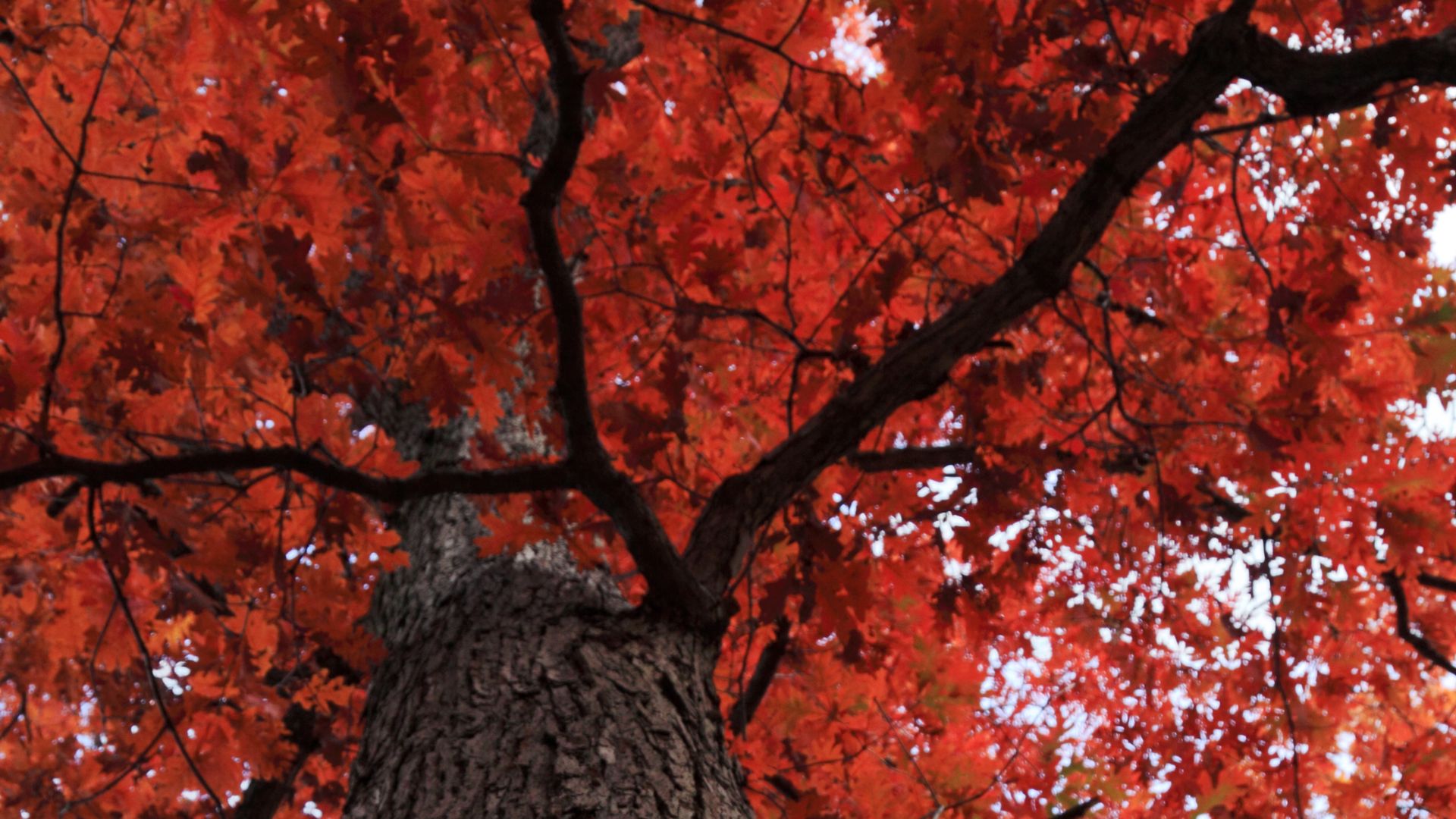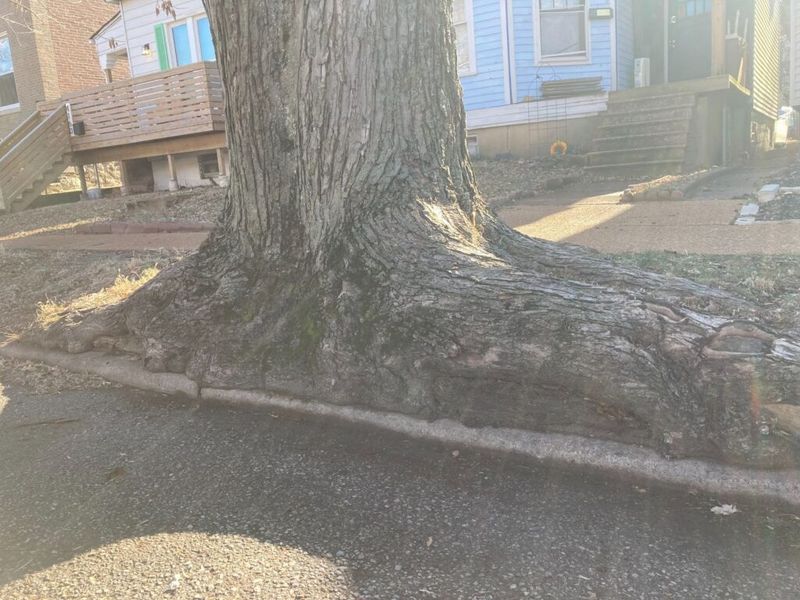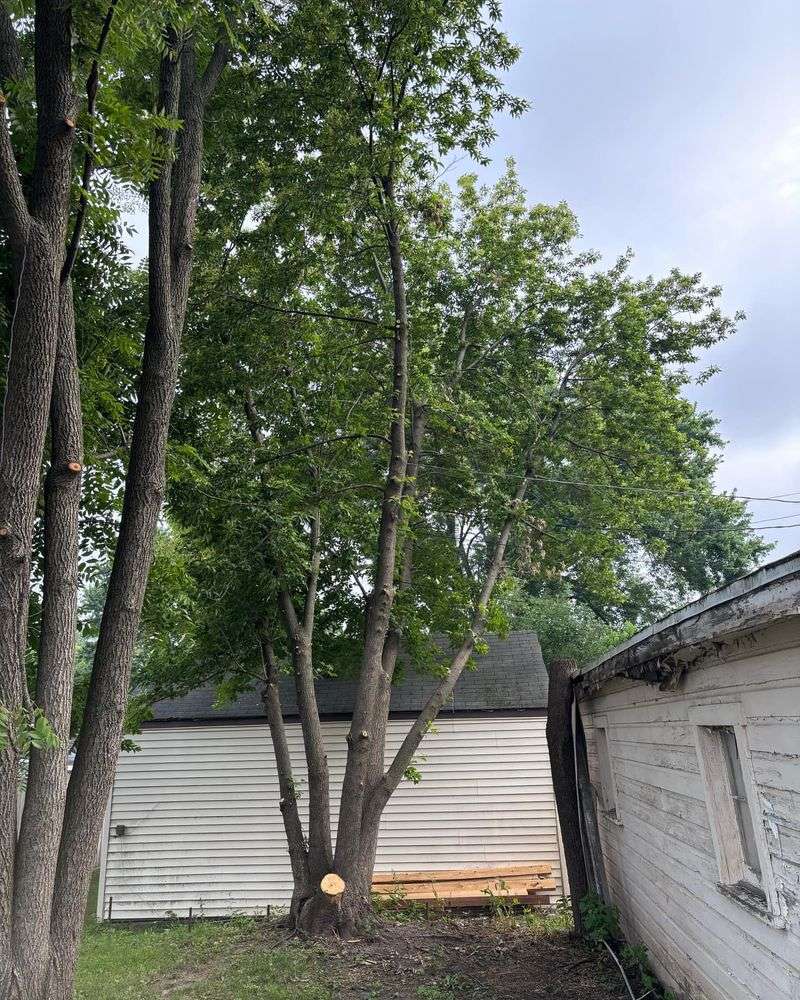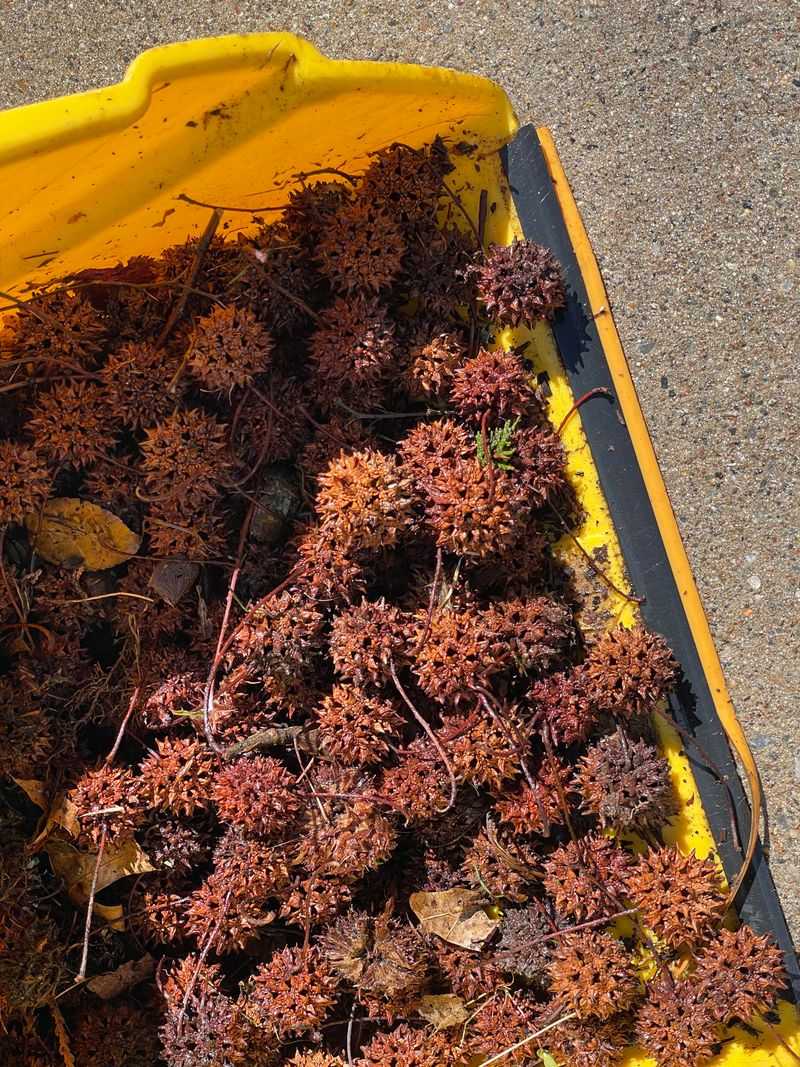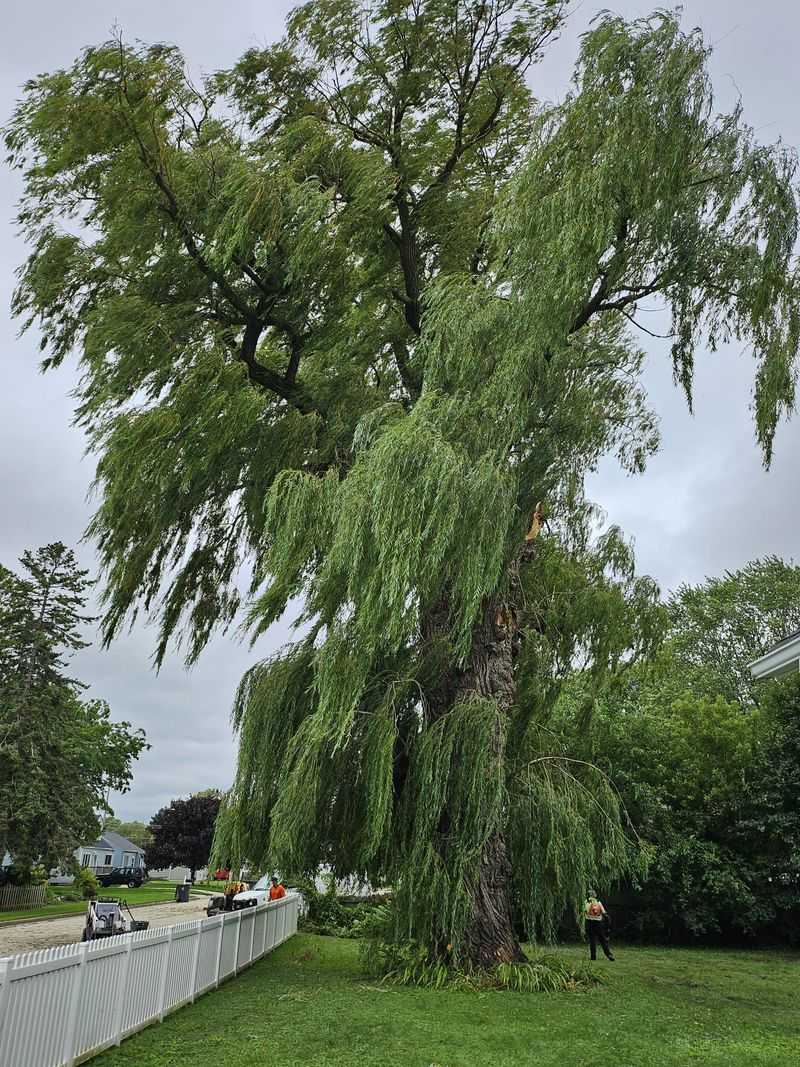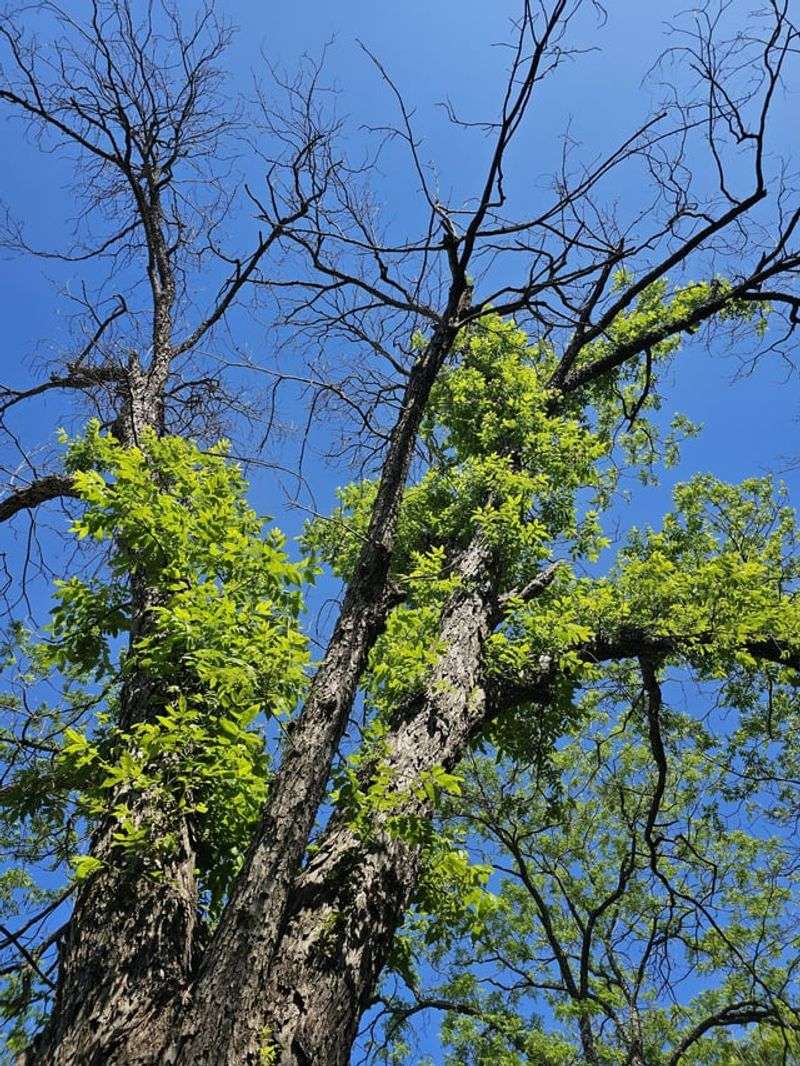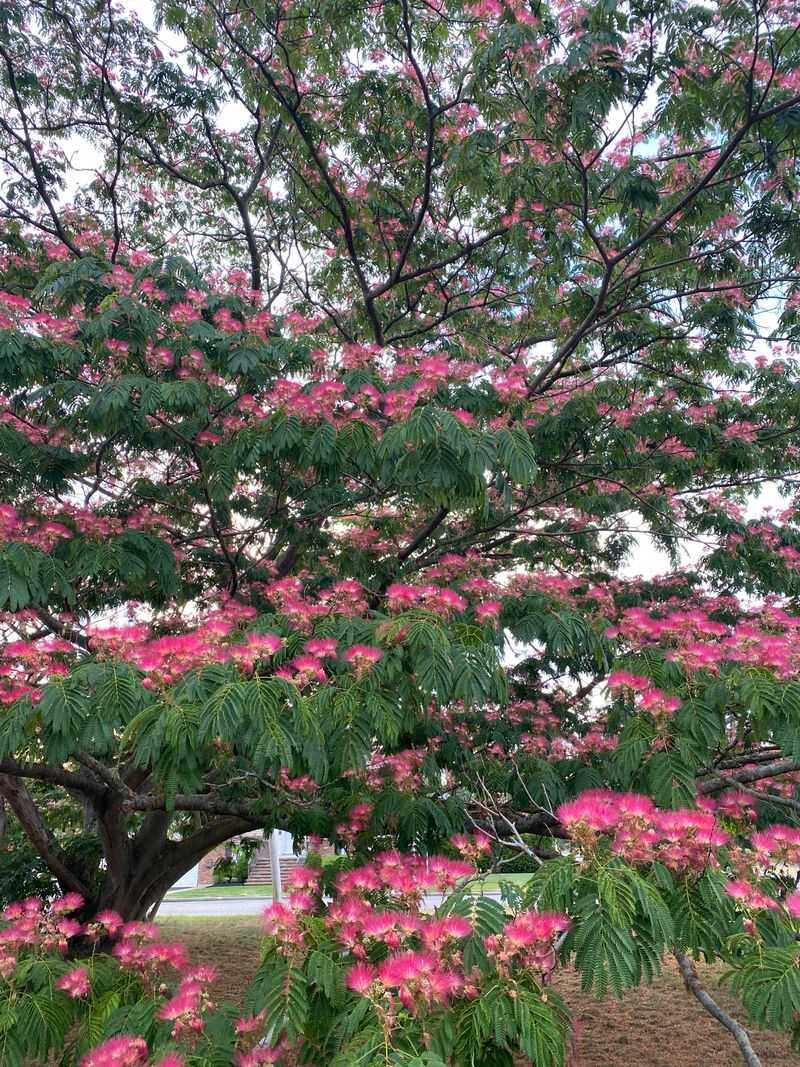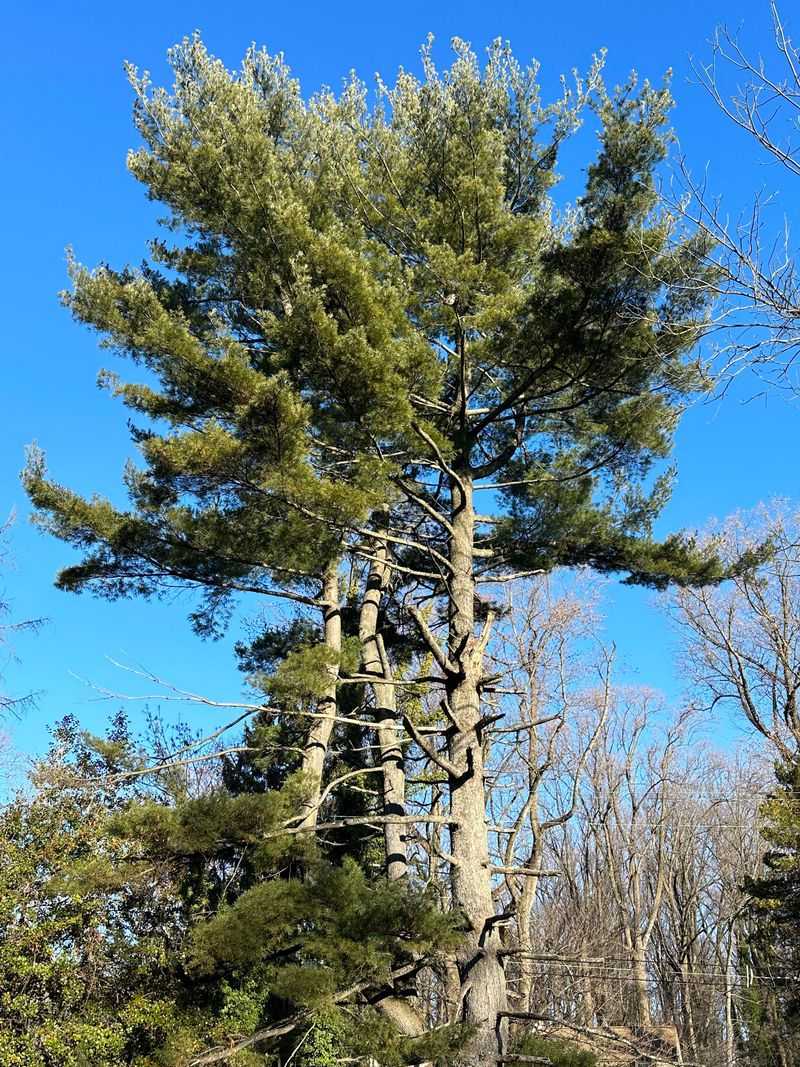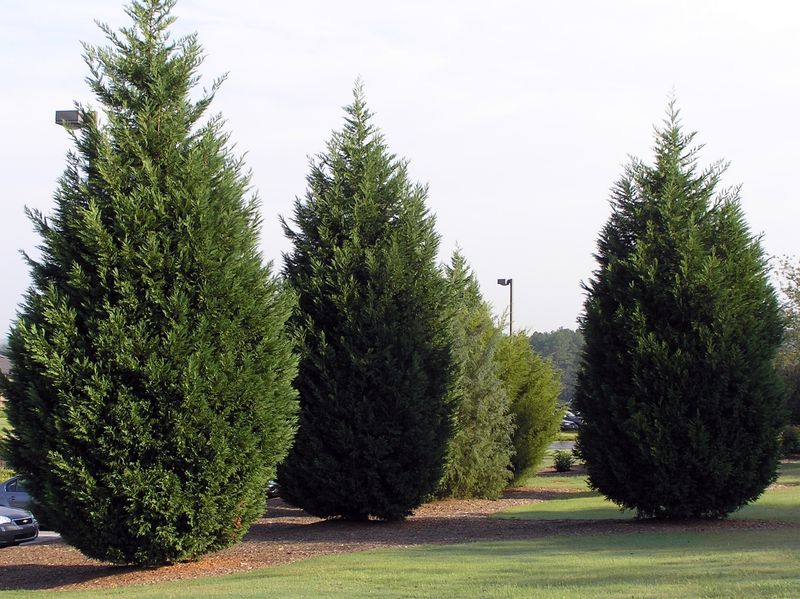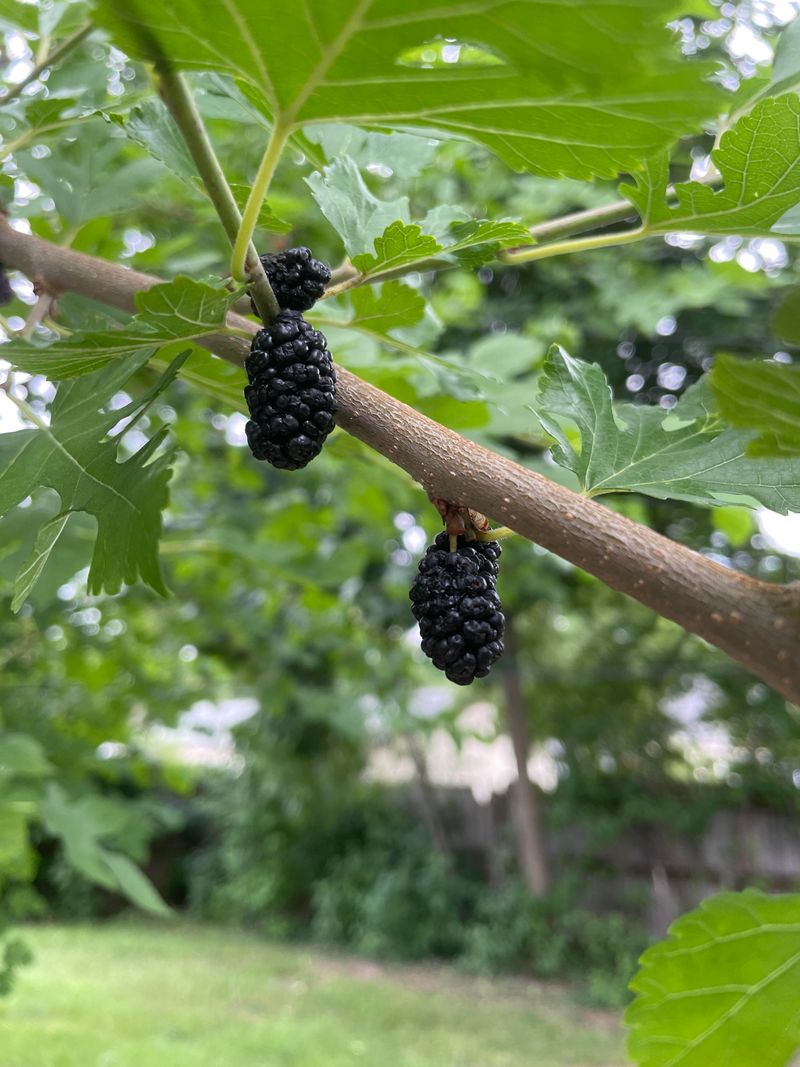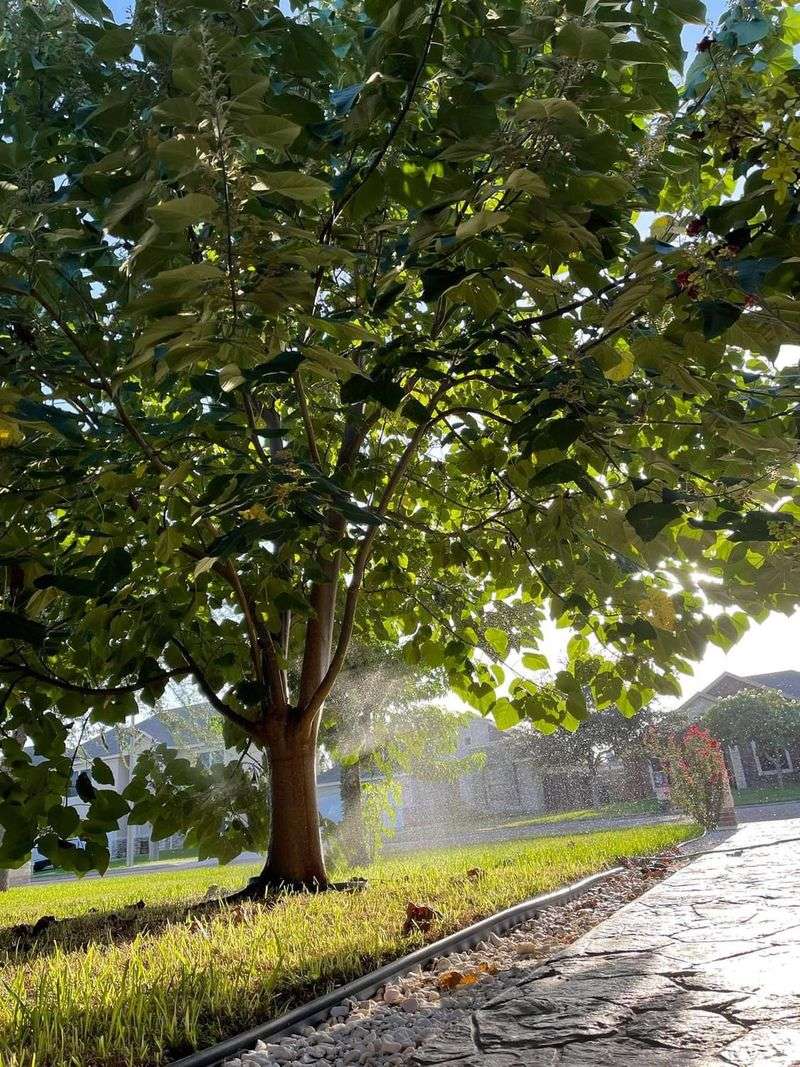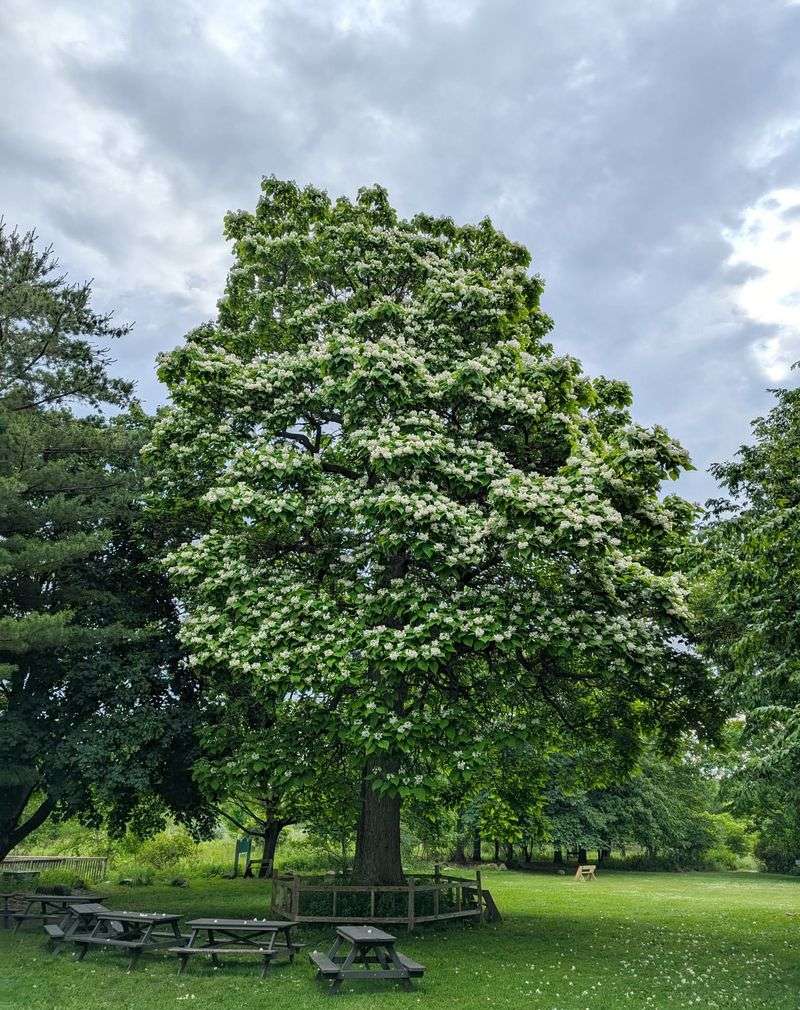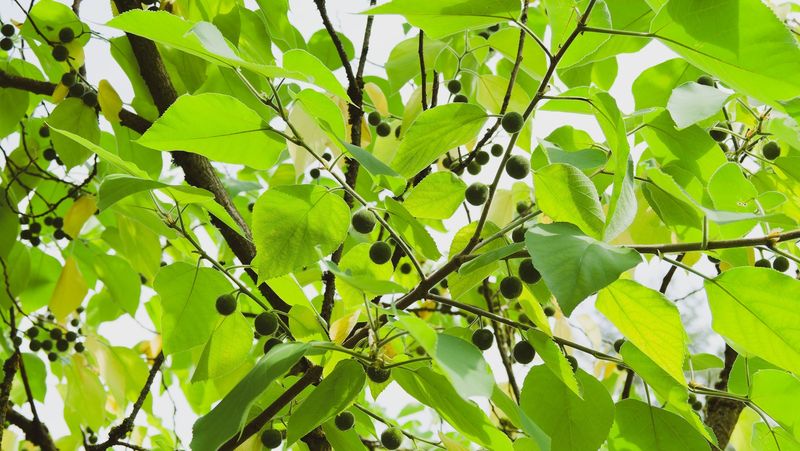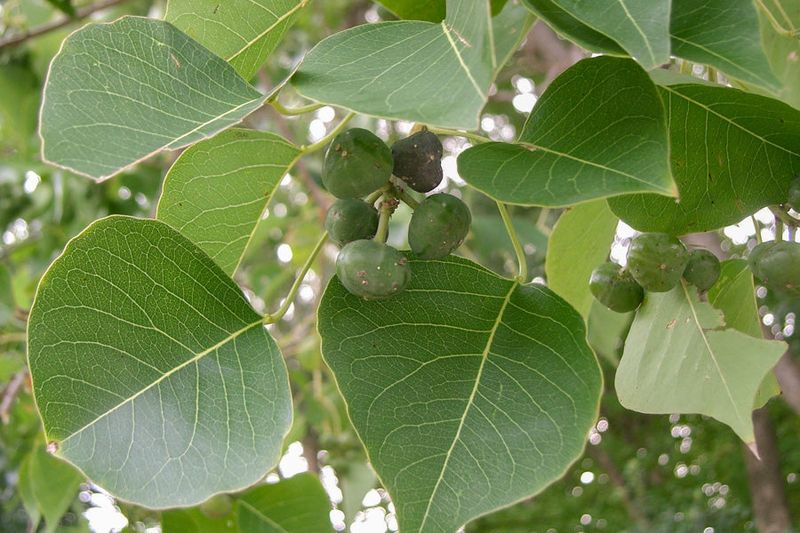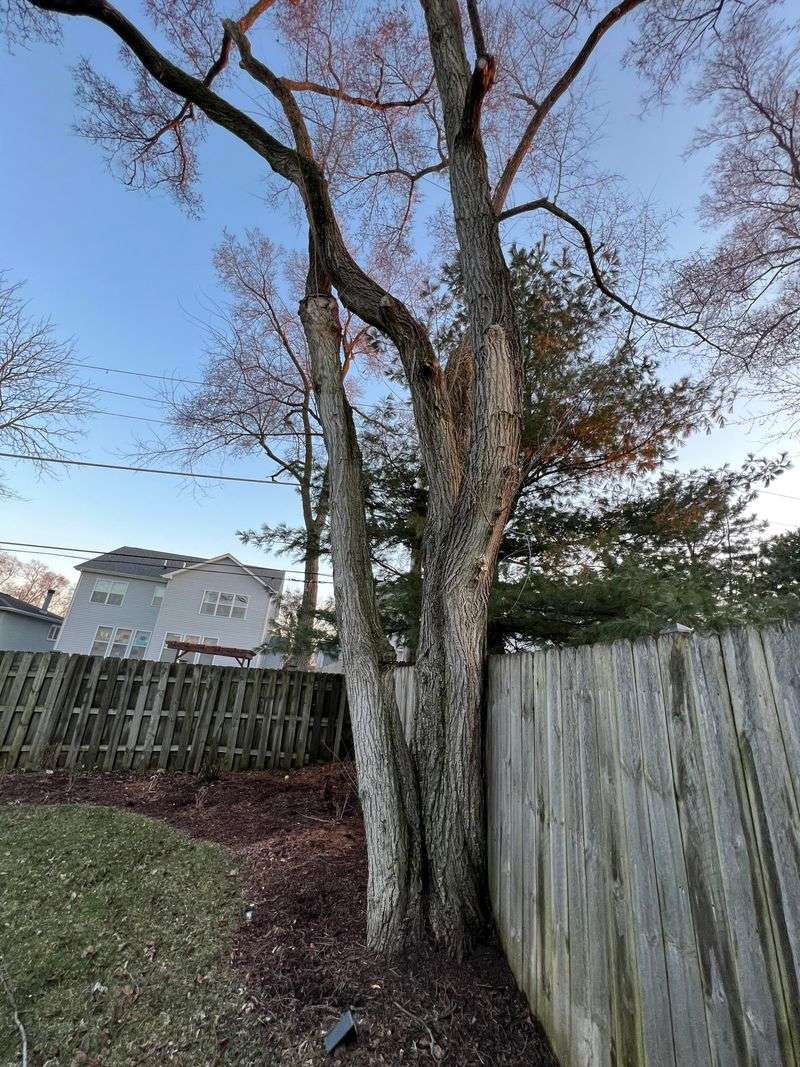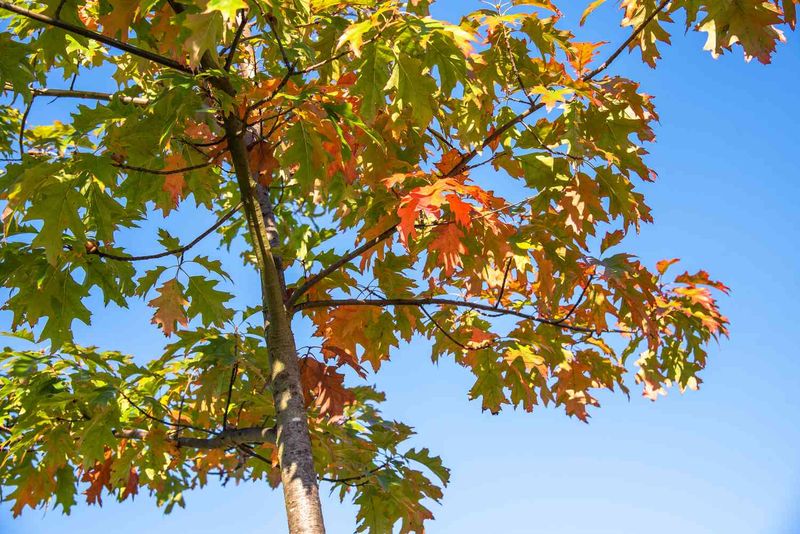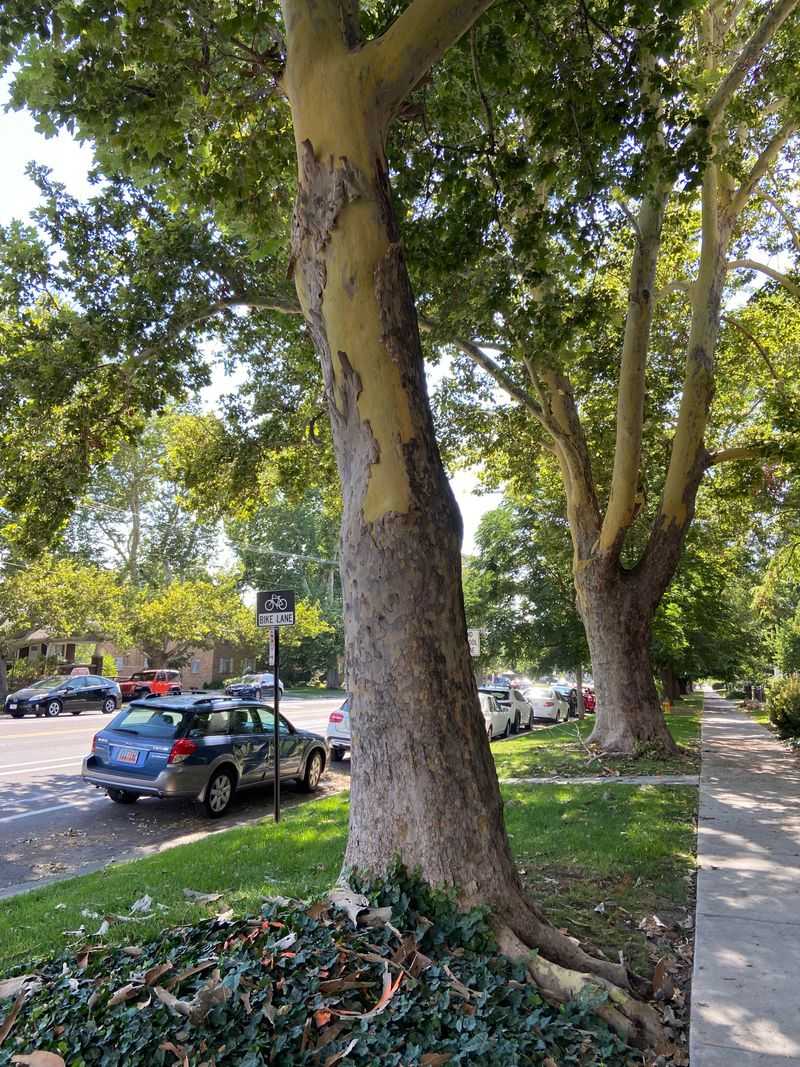North Carolina’s varied climate is perfect for growing stunning trees—but not all are a good fit for your lawn. Some species come with hidden downsides like invasive roots, constant leaf drop, or vulnerability to disease. These issues can turn a pretty tree into a long-term hassle.
Knowing which trees to avoid can save you time, money, and frustration down the road. Aggressive roots can crack sidewalks and pipes, while messy debris clogs gutters and litters your yard. A little research now means fewer headaches later.
By choosing lawn-friendly trees, you’ll enjoy shade and beauty without the extra maintenance. Smart landscaping keeps your property safe and your outdoor space looking its best—season after season.
1. Silver Maple Mayhem
The shallow root system of this fast-growing tree frequently damages sidewalks, driveways, and underground utilities. Many North Carolina homeowners discover this the hard way.
Fall brings a deluge of helicopter seeds that sprout everywhere in your lawn. I’ve spent countless hours pulling up hundreds of seedlings after a single season.
Weak wood structure makes these trees prone to storm damage, creating safety hazards and cleanup nightmares during Carolina hurricane season.
2. Bradford Pear Problems
Once a suburban favorite, these trees develop weak V-shaped branch structures that split during North Carolina’s ice storms and strong winds. The damage can be extensive and dangerous.
Spring brings showy white flowers with an unpleasant fishy odor that permeates the yard. Trust me, it’s not the smell you want greeting your outdoor barbecue guests!
Bradford pears have become invasive throughout the Carolinas, spreading into natural areas and choking out native vegetation.
3. Sweetgum Struggles
Walking barefoot across a North Carolina lawn covered in spiky sweetgum balls is a painful experience. These seed pods create hazards for both feet and lawn mowers.
The constant cleanup required to keep your yard free of these prickly nuisances becomes a never-ending chore throughout fall and winter months. My neighbor gave up and hired a service just for sweetgum cleanup.
Surface roots eventually emerge as the tree matures, creating mowing obstacles and potentially damaging nearby hardscapes.
4. Willow Woes
Weeping willows might look romantic, but their aggressive roots actively seek water sources, often invading septic systems and water lines. This can lead to expensive repairs for North Carolina homeowners.
Constant branch drop creates continuous cleanup duties throughout the year. After every Carolina thunderstorm, you’ll find new branches scattered across your property.
Their high water requirements make them unsuitable for drought-prone areas, and they can drain moisture from surrounding plants in your garden beds.
5. Pecan Predicaments
These native North Carolina trees drop hard nuts that become projectiles when hit by lawn mowers, potentially causing injury or property damage. Safety glasses become essential yard work equipment.
Squirrels attracted to the nuts will dig countless holes in your lawn searching for buried treasures. My perfectly manicured grass looked like a golf course with divots after just one season.
Large shade canopies make growing grass underneath nearly impossible, creating bare patches that require alternative ground covers or mulch.
6. Mimosa Madness
The feathery pink blooms might look tropical, but mimosas are actually invasive troublemakers in North Carolina. Seedpods spread aggressively, sprouting unwanted trees throughout your property.
Susceptibility to mimosa wilt fungus means these short-lived trees often die suddenly, creating eyesores and removal expenses. Several in my neighborhood succumbed within just five years of planting.
Fallen flowers, leaves, and seedpods create constant cleanup challenges on patios, walkways, and in gutters throughout much of the growing season.
7. Eastern White Pine Entanglements
Constantly dropping needles and cones creates a thick layer that smothers grass underneath. The acidic needle drop gradually changes soil pH, making lawn maintenance increasingly difficult in North Carolina’s already acidic soils.
Lower branches die off as the tree matures, creating an unsightly appearance unless regularly pruned. This maintenance becomes more challenging as the tree grows taller.
Susceptibility to various blights and pine bark beetles means potential disease problems, especially in the humid Carolina climate where fungal issues thrive.
8. Black Walnut Nuisances
Few homeowners realize black walnut trees produce a chemical called juglone that’s toxic to many plants. Your tomatoes, peppers, and other garden favorites won’t grow anywhere near these trees in your North Carolina yard.
Falling walnuts create hazards when mowing and can stain driveways, decks, and patios with their hulls. The first time I parked under one, my car looked like it had been paintballed!
Husking the nuts attracts flies and creates messy, staining debris that’s difficult to clean up completely.
9. Leyland Cypress Letdowns
Commonly planted as privacy screens throughout North Carolina, these fast-growing trees frequently outgrow their spaces, reaching heights of 60-70 feet. What starts as a modest border becomes a towering problem.
Susceptibility to bagworms, canker, and root rot is particularly problematic in our humid southern climate. Once disease strikes, it often spreads through an entire row of trees.
Dense foliage blocks light and rainfall from reaching your lawn, creating dead zones where grass simply cannot survive without significant intervention.
10. Mulberry Messiness
Birds love mulberry fruits but create purple stains everywhere they perch – your patio furniture, car, and walkways become their canvas. North Carolina’s abundant bird population makes this especially problematic.
Fallen berries ferment on lawns, creating slippery hazards and attracting wasps, flies, and other unwanted insects. The sweet smell quickly turns sour in our summer heat.
Aggressive root systems can damage foundations and underground utilities when planted too close to structures. I’ve seen roots crack a neighbor’s pool deck from 30 feet away!
11. Empress Tree Excess
Also called princess trees, these fast-growing invaders produce thousands of seeds that sprout everywhere in North Carolina gardens. What seems like a single ornamental tree quickly becomes a management nightmare.
Enormous leaves create major cleanup challenges in fall, often clogging gutters and drainage systems. One mature tree can fill dozens of yard waste bags in a single season.
Weak wood structure makes them prone to breakage during our region’s frequent storms, potentially damaging property and requiring emergency removal services.
12. Northern Catalpa Conundrums
Long seedpods resembling beans litter the ground beneath these trees, creating constant cleanup demands throughout North Carolina’s long growing season. They seem to drop perpetually rather than all at once.
Large, heart-shaped leaves create thick layers when they fall, smothering grass if not promptly removed. The sheer volume can overwhelm even the most diligent homeowner.
Catalpa worms, while prized as fishing bait, can completely defoliate trees in early summer, creating unsightly bare branches and premature leaf drop that makes a mess of your yard.
13. Hackberry Headaches
Small berry-like fruits attract birds that spread seeds throughout your North Carolina property, resulting in unwanted saplings popping up everywhere. The seedlings have surprisingly tough roots that make them difficult to remove.
Hackberry trees host woolly aphids that produce a sticky substance called honeydew, coating everything below with a tacky residue. My patio furniture needed weekly cleaning when positioned under one.
Brittle branches break easily during ice storms and high winds, creating potential hazards and cleanup challenges throughout our unpredictable Carolina winters.
14. Chinese Tallow Troubles
Known for brilliant fall color, these highly invasive trees spread aggressively throughout eastern North Carolina. What starts as one ornamental specimen quickly becomes dozens of unwanted saplings.
White, waxy seeds persist through winter, creating ongoing cleanup challenges long after leaf drop. They seem to appear magically even after you’ve cleaned thoroughly.
The milky sap can irritate skin and eyes during pruning or removal, requiring careful handling and protective equipment. I learned this lesson the hard way while trying to remove seedlings!
15. Siberian Elm Setbacks
Winged seeds produced in enormous quantities create a cleanup nightmare and sprout readily in North Carolina’s fertile soil. They find every crack in walkways, patios, and garden beds.
Branches break easily during storms, creating hazards and property damage risks. After moving to Carolina, I was shocked at how frequently I found branches down after even mild weather.
Susceptibility to elm leaf beetles causes unsightly damage and premature leaf drop, creating additional yard waste and potential disease vectors for other plants in your landscape.
16. Red Oak Obstacles
While beautiful native trees, red oaks drop massive quantities of acorns that attract rodents and create lawn hazards. One mature tree can produce thousands of acorns in a good year.
Fallen acorns sprout readily, requiring constant vigilance to prevent unwanted saplings throughout your North Carolina property. They seem to germinate overnight in our humid climate.
Dense shade makes growing grass challenging, often requiring shade-tolerant alternatives or regular reseeding in thin areas. Many homeowners eventually give up and switch to mulch or ground covers.
17. Sycamore Setbacks
Massive leaves create significant cleanup challenges in fall, often clogging gutters and drainage systems throughout North Carolina neighborhoods. Their size makes them difficult for standard leaf blowers to handle effectively.
Constantly shedding bark creates ongoing yard debris throughout the year, not just during seasonal changes. The mess seems never-ending compared to other trees.
Susceptibility to anthracnose fungus in our humid climate causes unsightly leaf drop during spring and early summer, creating additional cleanup demands during prime outdoor enjoyment seasons.

